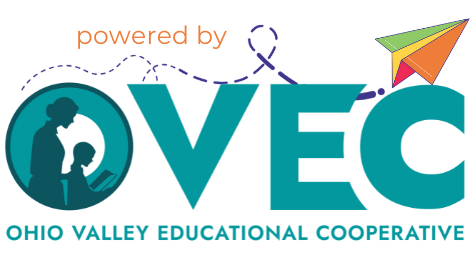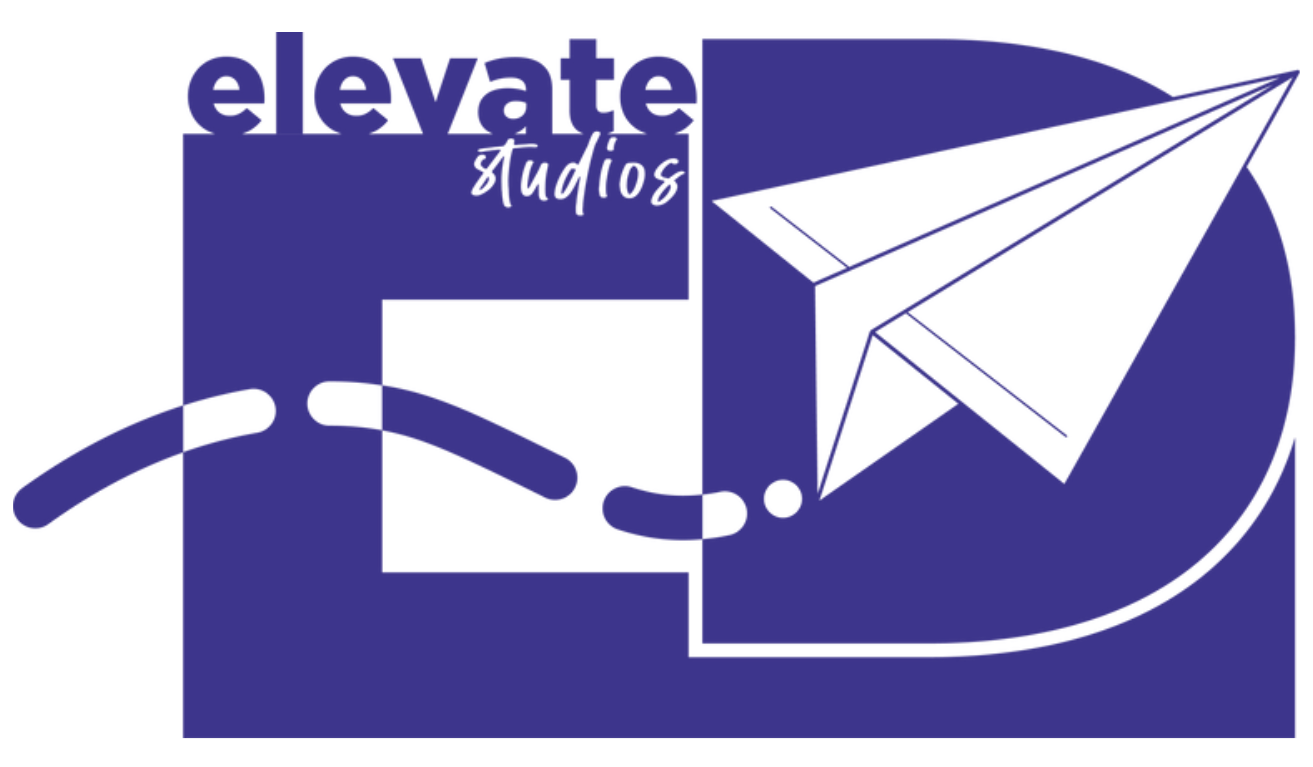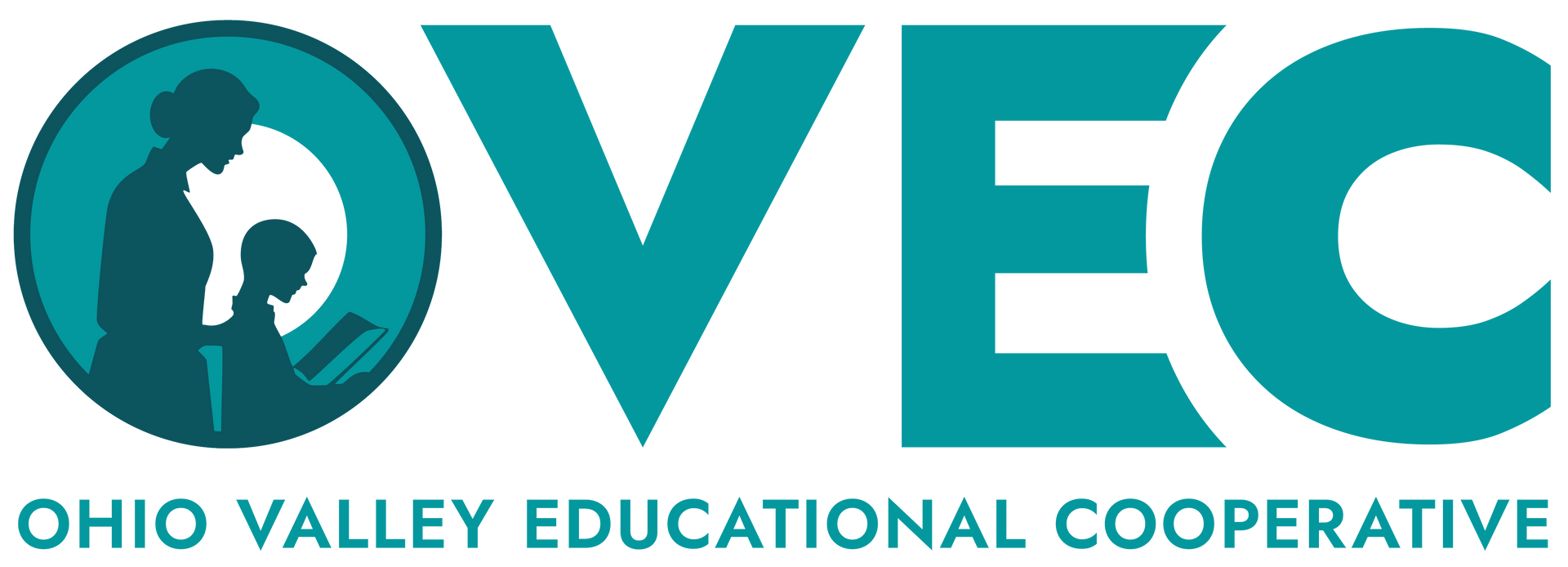
This week in CONNECTIONS:
- STUDENT AGENCY | What it is, why is matters, how to build it - and an opportunity to look inside a KY classroom where developing agency is top priority.
- BUILDING AGENCY THROUGH SCHEDULING | Find out how one middle school uses their lunch period to provide students opportunities to make decisions about how they spend their time.
- EMPOWERING STUDENTS WITH AI | Join us for a special webinar later this month to explore possibilities and ideas with d’Skills. You won’t want to miss this! Details in What’s on Deck.
CONNECTIONS
January 2025 | Issue 14
“All I’m hearing right now are questions - Where are you going to college? What will you major in? Who will you room with? And what I’ve realized is that for 13 years in school, I’ve been told what classes to take, when to eat lunch, how long papers have to be, and what books to read. I’ve never made any decisions. And now I don’t know where to begin.”
-High School Senior
Student agency. It’s a term often used in education circles, but what does it mean? And why does it matter?
We know what agency isn’t. The senior who shared his realization paints a clear picture of a soon-to-be-graduate whose experiences in school don’t seem to have prioritized the development of agency. Considering that preparing students to work in factories was a priority during the Industrial Age, maybe that’s not surprising. Compliance was key. However, we have significant evidence to show this isn’t working for the learners of today.
We’ve heard employers are saying the workforce isn’t prepared. Like that high school senior, graduates often say the same thing. According to a recent guest essay from the New York Times, “In a survey by Gallup and the Walton Family Foundation of more than 4,000 members of Gen Z, 49 percent of respondents said they did not feel prepared for the future.”
So why is this happening? “Many recent graduates aren’t able to set targets, take initiative, figure things out and deal with setbacks — because in school and at home they were too rarely afforded any agency” (NYT, Jan 2, 2025). Could this be another example of a system producing exactly the outcome it’s designed to produce - even if that outcome isn’t at all what we say our goals are?
The term “student agency” is sometimes misunderstood. Agency is often described with words like voice and choice - and those are important. However, agency doesn’t mean that school becomes a free-for-all, with all decisions being made by students.
From that same NY Times essay, “Giving kids agency doesn’t mean letting them do whatever they want. It doesn’t mean lowering expectations, turning education into entertainment or allowing children to choose their own adventure. It means requiring them to identify and pursue some of their own goals, helping them build strategies to reach those goals, assessing their progress and guiding them to course-correct when they fall short.
So how might we begin to reshape our students’ experiences so that school isn’t something they just show up for, waiting passively for directions? Are there simple shifts we can make that begin to build motivation and autonomy - ultimately, agency? The short answer - YES - and it’s not all or nothing.
Engaging students in meaningful goal-setting and planning is a great place to begin. Whether making intentional time for reflecting on important durable skills, academic skills or something else - setting goals, planning for reaching those goals, and reflecting on progress - just as suggested by the shifts under the Transformation we call learner-owned - are all impactful ways to give students control over their learning.
Some schools are building agency by incorporating some kind of flex timeinto their weekly schedules. This is a block of time - whether an hour, half of a day or even a whole day - when students are given the opportunity to plan their time in the way they need. Flex time might include time for students to get additional help from a teacher, time to explore a new passion or work on a project. The point is - students plan for the ways in which they use their time.
Waukesha STEM Academy, a middle school in Wisconsin, has incorporated several ways for students to have choice - developing agency - into their schedules. One of those is called CONNECT.
“CONNECT happens at lunch every day, with students touching base with staff as needed or as requested. This is a very unique approach to lunch, because 100 percent of students have their lunch period at the same time. No one tells students when they need to eat or where they need to go. In this hour, students choose when they eat and which teachers they will go to connect with.
At first, there were conversations about schooling this concept and telling groups of students when they needed to eat and where they needed to go. This quickly fell by the wayside when the mission of this time was looked at closely. We wanted to help our students build skills in time management and ownership of their day. When you do it for them and tell them when they can eat and where they need to sit, and make them raise their hands to throw their trash out or excuse themselves from the table, you have removed the ability and need to develop that sense of growth. Our goal was to build independence, not dependent students who didn’t need to think for themselves.”
James Murray, Principal
Ready to design?
If you are interested in designing learning experiences and environments that develop that important sense of agency for your students, let us know. Contact us through our website or via email: ralbright@ovec.org, leckels@ovec.org or ccoleman@ovec.org.
In the meantime, check out these resources - one being from Morgan Seely, a 4th grade teacher in Shelby County, who makes agency a priority in her classroom (a GREAT place for a visit for teachers of all levels!):
- The Drive Towards Student Agency: Empowering Students to Make Choices on Their Learning Pathway | Morgan Seely, Aurora Institute blog post (2024)
- Waukesha STEM Academy: Rethinking Space, Time and Reporting | Chris Sturgis (2020)
- Getting Started with a Learner-Driver Classroom: A Guide for Educators | Getting Smart (2024)
- Transformations: Simple Shifts for a Different Student Experience | See Learner-led and Learner-owned for moves especially focused on student agency. elevatED studios (2024)
- Agency by Design: An Educator’s Playbook | Aurora Institute (2023)
- The Promise, Practice and Power of Student Agency | ASCD (2022)
- Giving Kids Some Autonomy Has Surprising Results | Guest Essay,* New York Times (2025)
*By Jenny Anderson and Rebecca Winthrop; their book on this subject is The Disengaged Teen: Helping Kids Learn Better, Feel Better, and Live Better (Crown, 2025)
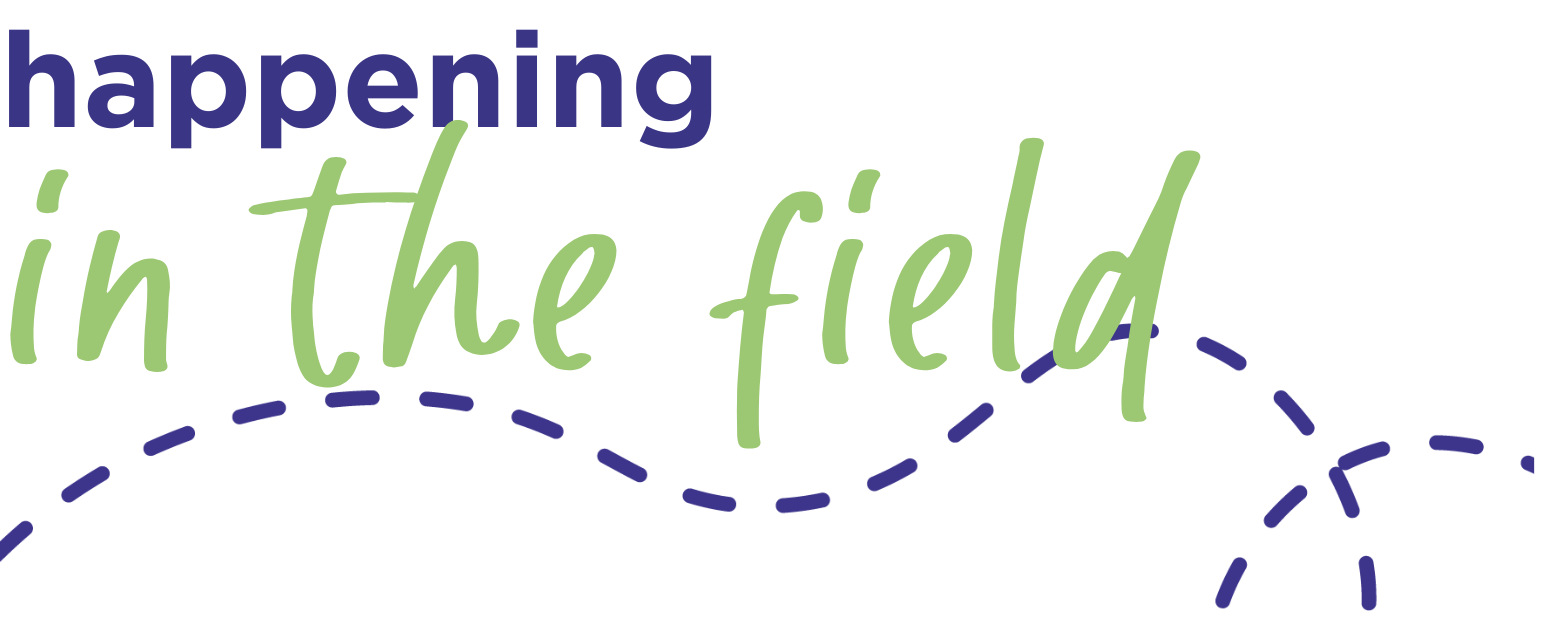
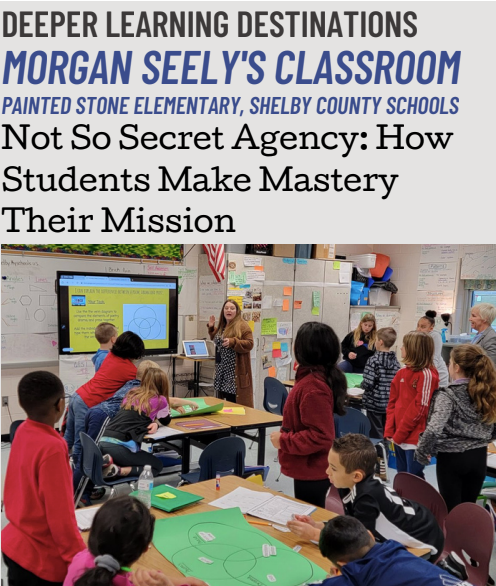
MAKING AGENCY TOP PRIORITY | Painted Stone Elementary (Shelby County) teacher Morgan Seely knows the importance of helping students develop agency, and makes it a priority in her 4th grade classroom.
This article, first published in 2023, provides a look inside Morgan’s learner-centered classroom and describes simple shifts you can make today to begin empowering students with this critically important skill.

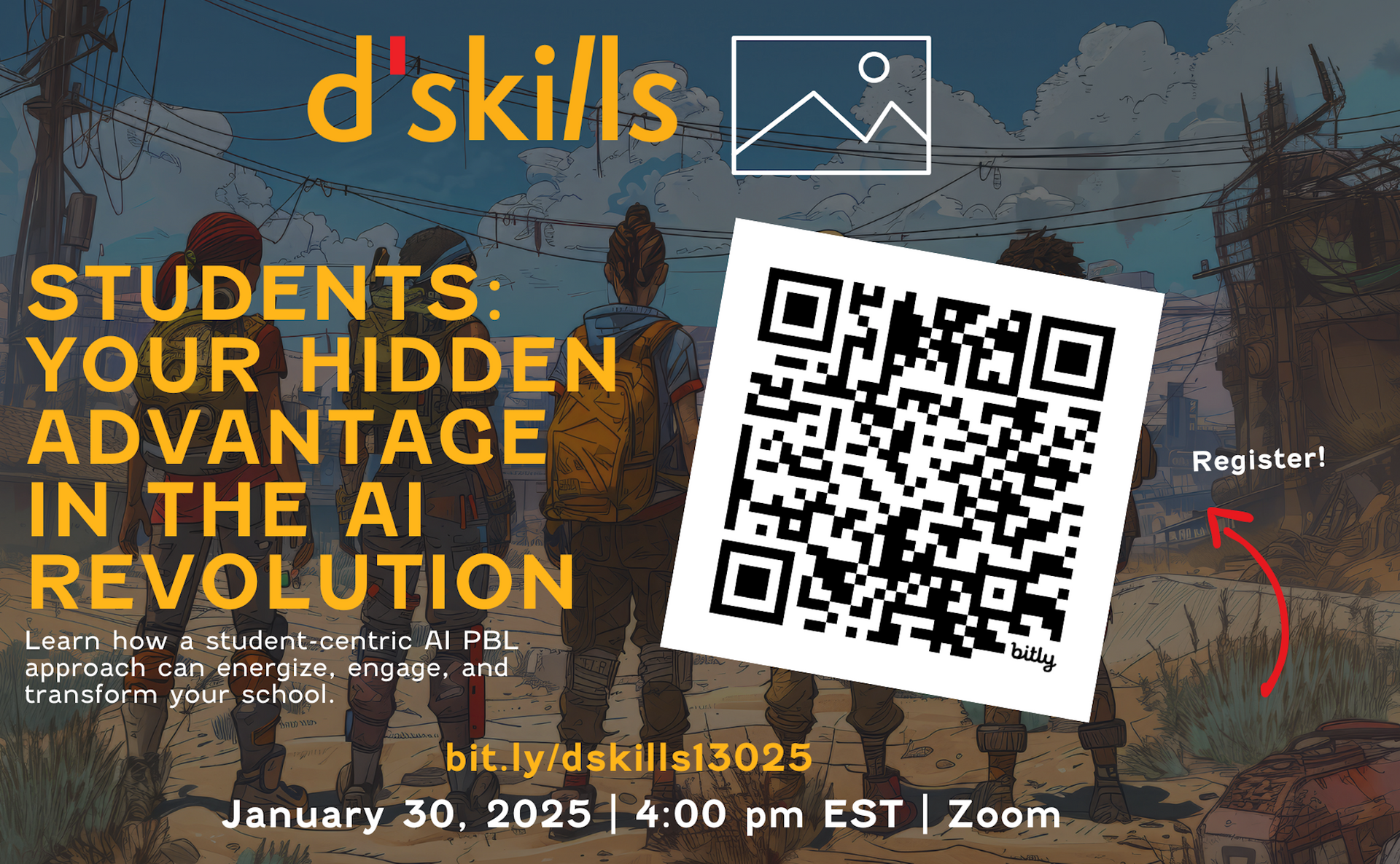
A SPECIAL INVITATION | JANUARY 30, 2025 | 4pm EST | ZOOM
We - adults in schools like teachers and leaders - are learning a lot about how to use AI to help with our work day-to-day. Our greater challenge though is making sure our students are prepared to enter a world of AI.Many will graduate in less than 5 months. Will they be equipped for a world in which many employers say they won’t hire anyone without AI fluency?
During this time of great transition, it can be hard to navigate all the AI tools coming our way. So we’d like to introduce you to something that makes it simple and fun (and was created by students!)
What will we learn?
During this webinar, you’ll hear from students about how they’ve driven AI literacy in their schools, and how you can do the same! You’ll also taste-test how fun and engaging AI learning can be, and walk away with practical, student-created tools to activate AI fluency in your school.
Who’s invited?
We invite principals, superintendents and/or other school/district leaders to bring 2-3 forward-thinking teachers, as well as their instructional design team, and anyone enthusiastic about the possibilities for AI-powered students!
In the meantime
You can watch this short video and learn more about d’Skills here.
Register TODAY! We can’t wait to learn with you!

WHAT MIGHT THE NEXT STEPS BE FOR YOUR CLASSROOM, SCHOOL OR DISTRICT?
Whether looking for ways to bring your Profile to life, how to organize the time we have with students differently, simple shifts to create a different - and much more meaningful and memorable - learning experience, building student agency, or something else, we’d love to be your design partners.
Not sure what your next steps need to be? We can help with that too! Contact us at elevatED studios!
IN CASE YOU MISSED THEM:
Ms. Z’s Tier 1 Dilemma | CONNECTIONS NO. 7
Ms. Z, Tier 1, and KY’s Framework for Teaching | CONNECTIONS NO. 8
HQIRs and Performance Assessments: Bringing Learning to Life | CONNECTIONS NO. 9
Empowering Young Architects: A Student-led Profile of a Learner | CONNECTIONS NO. 10
Designing Learning that Matters: A Series of Simple Shifts | CONNECTIONS NO. 11
Breaking the Bell: Thinking Differently About Time | CONNECTIONS NO. 12
Questions for Reflection in the New Year: What’s a Diploma Worth? | CONNECTIONS NO. 13

